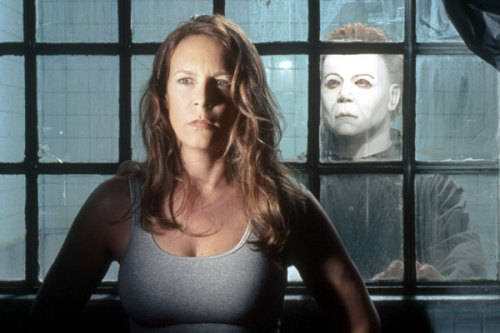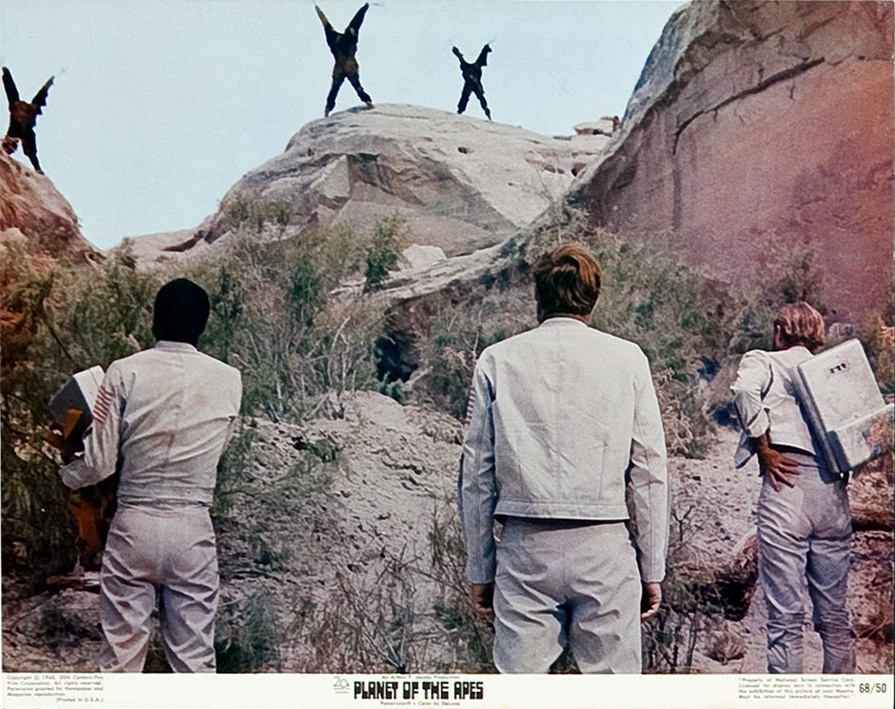1) Plant seeds early
The idea here is to introduce elements of the adventure way in advance of the audience actually encountering the adventure. This can be done in the way of classified ads, you tube videos, blog posts and such in an ARG. In RPGs, they can be events that occur in the path of the player. Games like the Elder Scroll series (Skyrim, Oblivion, Morrowind, etc...) have small "side quests" that a player can pick up. Any of these could potentially lead to a major quest.
Example: In a dark and deep dungeon, players meet a lonely dwarf who hasn't seen the light of day in hundreds of years. He has a brother who lives far across the kingdom. He gives the players an item, asking if they ever find his brother, to give it to him, along with a message. Now the average player isn't going to drop what he is doing, and undertake a quest to cross the kingdom to find this dwarf. But... should circumstances down the road lead to interaction with someone who happens to know this dwarf... the "quest" becomes the harvesting of a seed. A fulfillment of sorts.
In modern weird horror, a seed could be planted by giving players a mockup of a newspaper. The main article might apply to their current quest, but a side article could mention something seemingly small, which later will grow into a larger adventure.
 |
| Mutant sighted on farm |
2) Visibility at a distance
One of the things I learned in designing for theme parks is that you have to make things BIG. When people are looking at objects from 100 feet away or more, those objects need to be very large to get their attention.
My rule of thumb is objects should be 50 percent larger than normal. Here's a 9 foot tall scarecrow I made as an example:
 |
| Size Matters |
What does this mean for game design? There should be build up to an adventure. Something that can be seen from a "distance". Don't just drop a dungeon on the heads of the players. Allow suspense to build up as they approach it. If this is a Dragon's lair, what clues are around? Is the earth scorched? Are there shed scales on the path? Are there charred bodies and bones along the way? Fleeing peasants?
If you are entering Orc territory, how do they mark it? Is there some sort of perimeter fence, marked with "scarecrows" like in Planet of the Apes?
Except for unusual circumstances, let the players see their goal "from a distance", and give them plenty of opportunity to turn back.
3) Opposing Forces
A conflict can be much more dynamic if rather than just the players and their prey, there is a third player in the mix. This third player can help or hinder the party, but the main thing is that they are not allied with the monsters which the party is hunting. Maybe there is something they want, that the players can do for them in exchange for some assistance. This third party can be a witch, an orphan, a giant, a mermaid, or any entity that has its own goals and motives.
 |
| "And then that mean old ogre stole my comb. You wouldn't mind getting it back for me, would you?" |
4) Try to make it scary.
I mean, here the players are, crawling in dark holes, feeble torch in hand, trying to hunt down something before it hunts them. There's always room for a little Michael Myers type of action:
 |
| Put the SURPRISE! back in surprise |
5) Make it creepy
There is always room to make a scene creepy. A little music box. Mist. Howling. And kids.
 |
| I'd start running about now |
6) Use humor
When all else fails, use humor. I tell this to my haunted house actors. You aren't going to scare everybody. And really, you job isn't to scare them. It is to entertain them. So if Plan A doesn't work, use Plan B. Or C. Or whatever you have to do. Just keep it fun.
 |
| "Sorry for scaring you with the scarecrow mask and all that. If you can out-drink Og here, you can have the map!" |

Great advice! In a way a lot of the things you're suggesting build "drama" and "suspense." I think that's going to give the proceedings more of a "story" feel without the dreaded railroad.
ReplyDeleteI'm going to post a link on Google+. Good stuff.
Thanks Trey.
ReplyDeleteI think a lot of arguments in the RPG community come about due to trying to quantify the improvisational nature of DMing. I tend to push towards the "story" end of the spectrum, because I find it improvisationally easier to take away than to add. Others like to start with a fairly blank slate, and see what "emerges". But I think the ideas above would work regardless of which end of the spectrum you are on.